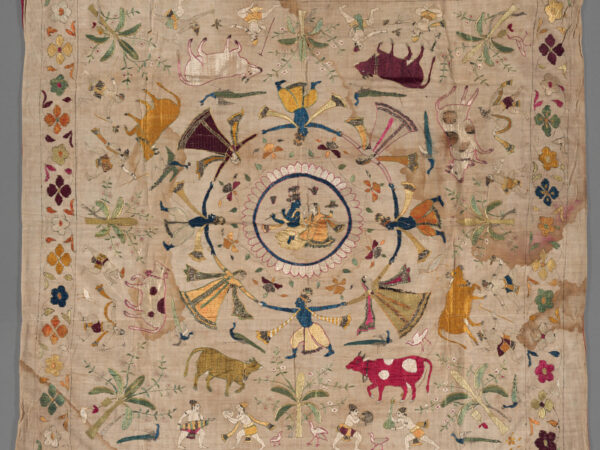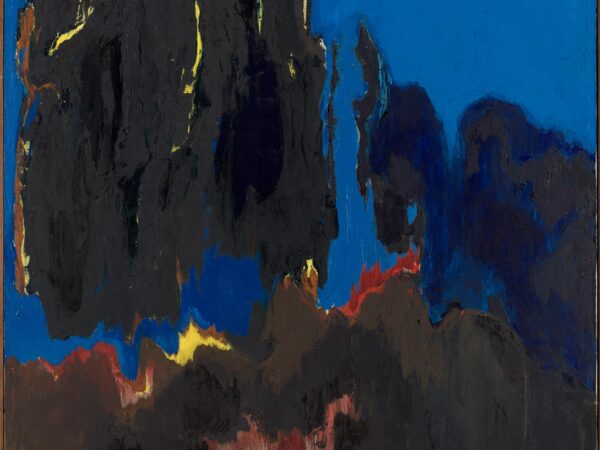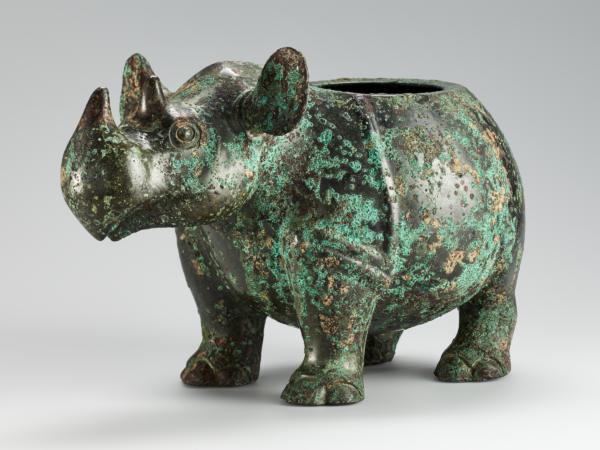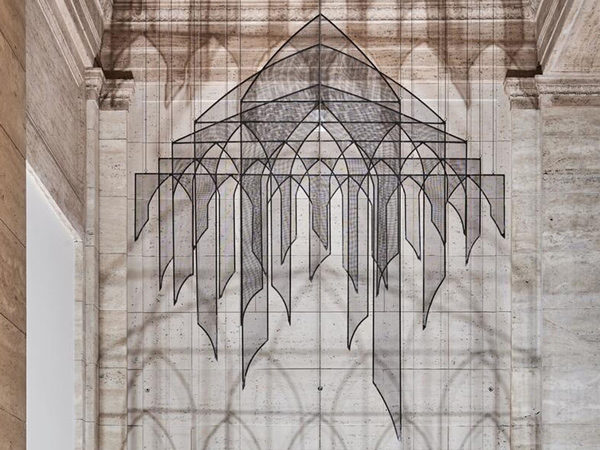Activity
Ganesha in a Temple Niche
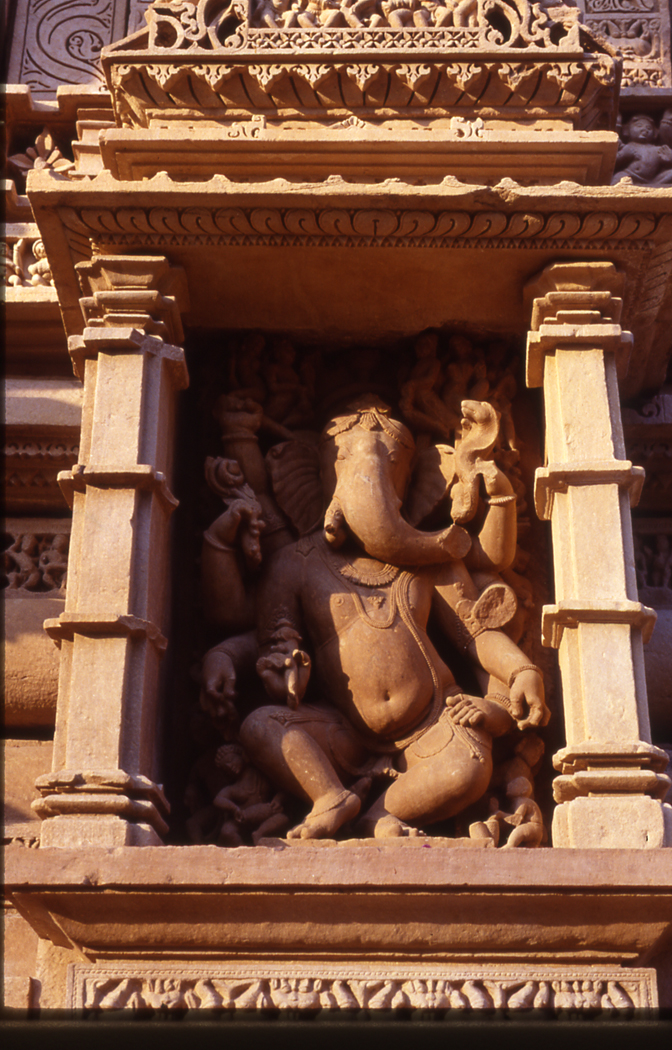
Ganesha in a temple niche
Who is depicted here?
This is an image of dancing Ganesha, a Hindu deity. Ganesha is the elephant-headed son of Shiva and Parvati. In one version of his mythology, Ganesha was fashioned by Parvati to guard her private chambers. When the two first meet, Ganesha and Shiva did not know about the other, so the son did not allow the god to enter Parvati’s room. Shiva became angry and decapitated the young boy. Parvati was distraught and demanded that Shiva replace Ganesha’s head with that of the first living creature they could find. This turned out to be the head of an elephant, and hence he has become known as elephant-headed god. Ganesha is the god of beginnings, and he is also credited with writing the Mahabharata. He is a god of learning and of students. He is also the remover of obstacles, and is commonly invoked by devotees to make undertakings auspicious and to solve problems. Ganesha is greatly adored in India, his charms enhanced by his jolly appearance and his sweet tooth and pot-belly. He dances here joyfully in reference to his father Shiva’s cosmic dance.
Where is this sculpture located and what is its function?
The photograph shows the figure of Ganesha in a niche on the side of one of the temples at Khajuraho in central India. There is a similar figure on display in the Asian Art Museum galleries. Many such figures were depicted on the exterior of Hindu temples, as the whole temple was conceived as the abode of the gods, an axial point where humans met the divine. The many-faceted layers of the temple itself were like a palace, where the gods faced out in the various directions. Ganesha is usually found to the left of the entrance to the temple. He is the god of beginnings, and he is the first major image that the devotee sees as he or she circumambulates the temple. Circumambulation, or walking around the central part of the temple in a usually clockwise direction, is an essential part of both Hindu and Buddhist practice.
What goes on at the temple?
Worship (puja) can take many forms. At a Hindu temple, worship does not necessarily take place at set times before an entire congregation, but may occur in the presence of a priest and individual, or among small groups early or later in the day. Temple priests are on hand to oversee ritual offerings and prayers that the worshiper brings or requests as part of the visit. Large pujas also occur at major temples at particularly scheduled times, which may draw hundreds or thousands of worshipers. Temples are dedicated to a principle deity, represented by a main figure that is located within the central chamber, although a wide range of deities from the Hindu pantheon may be depicted both inside and outside the temple.
This temple is the Lakshmana temple, dedicated to Vishnu. It was built around 950 CE. Of the original 85 temples built in this area by the Chandella kings, only 25 survive. This temple is no longer in active use, but like the others, it has become a major tourist site, noted for its fine statuary.
Story of Ganesha
There are many stories of the origin of Ganesha, who is a son of Shiva and his wife Parvati. The most common one tells that Parvati was lonely as Shiva often went off the mountains to meditate by himself. One day she decided to create a child out of clay and the scrapings of her body. He was a charming young boy and brought her much happiness. One day when Parvati had stationed him outside her bath to protect her privacy, Shiva came home and demanded that the boy step aside to let him in. The boy refused because he did not know who Shiva was, and Parvati had told him not to let anyone disturb her. Shiva got very angry and cut off the boy’s head. Poor Parvati was so distraught when she saw what Shiva had done to her child that Shiva promised to get a new head for the boy. An elephant was found and its head placed on the boy’s body, bringing him back to life. Parvati was delighted with his new form and that the child now belonged to both of them.
The elephant head gave Ganesha a special kind of wisdom. Elephants were much revered in ancient India as well as today. They are impressive, intelligent, long-lived animals, that can be trained to be very helpful to men. Airavata, the elephant mount or vehicle of Indra, the Vedic King of the Gods, was associated with the clouds and rain, bringing life to earth from the heavens. Elephants are also found in art bathing the goddess with water from a lotus pond, in an act of reverence and purification.
The name Ganesha means lord of the Ganas. Ganas are different kinds of demi-gods who had been worshipped since ancient times and have become Shivaís attendants.

